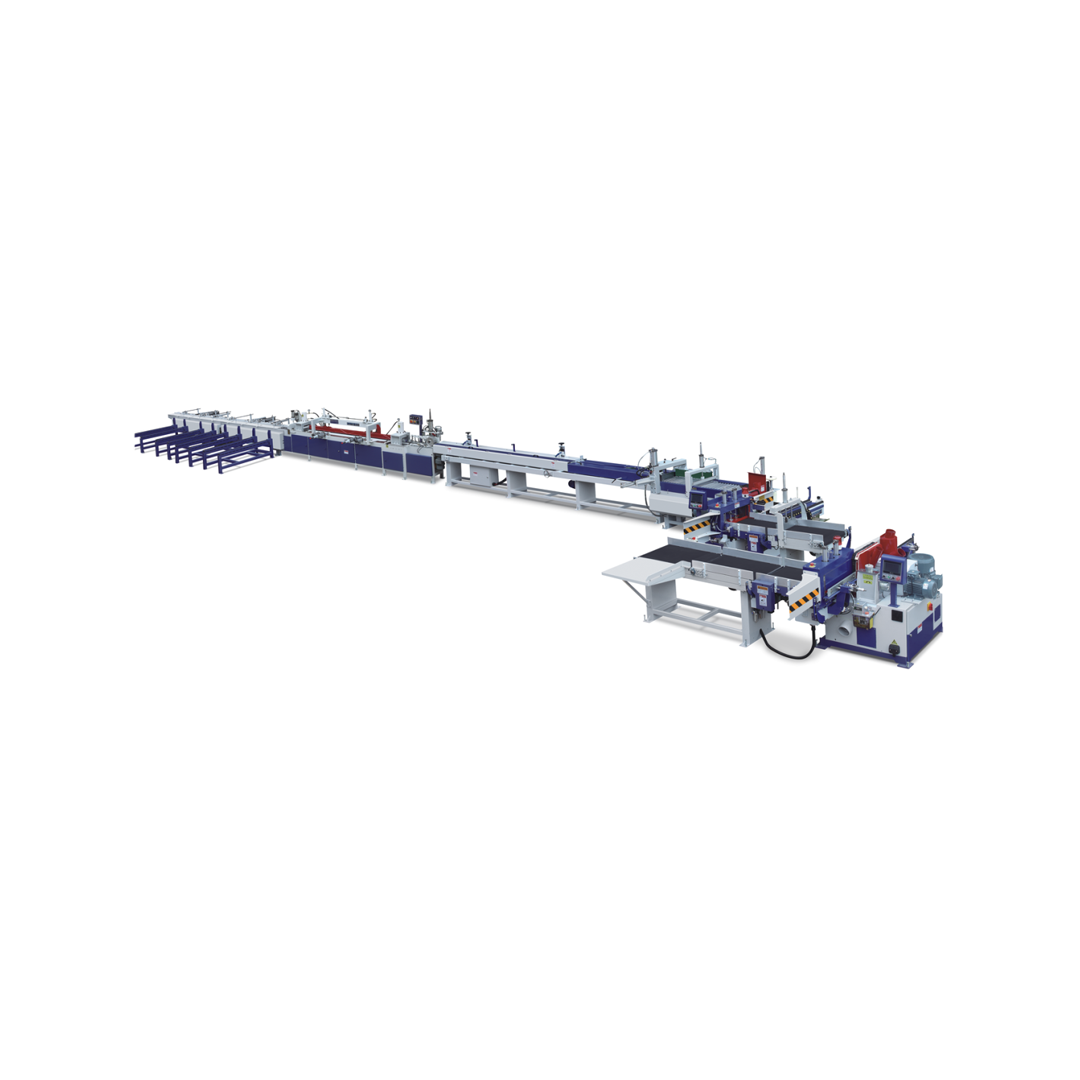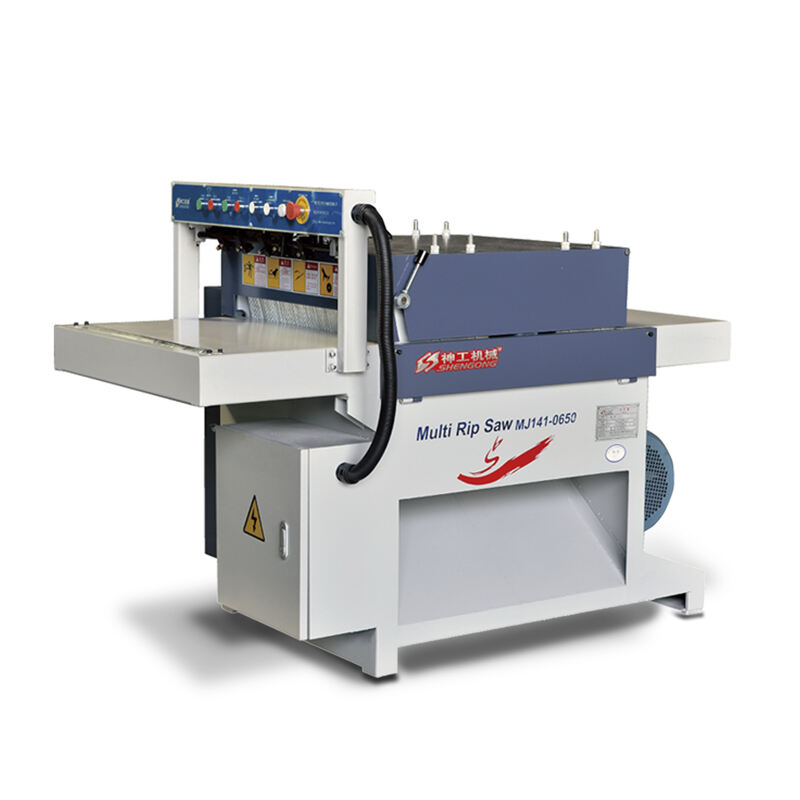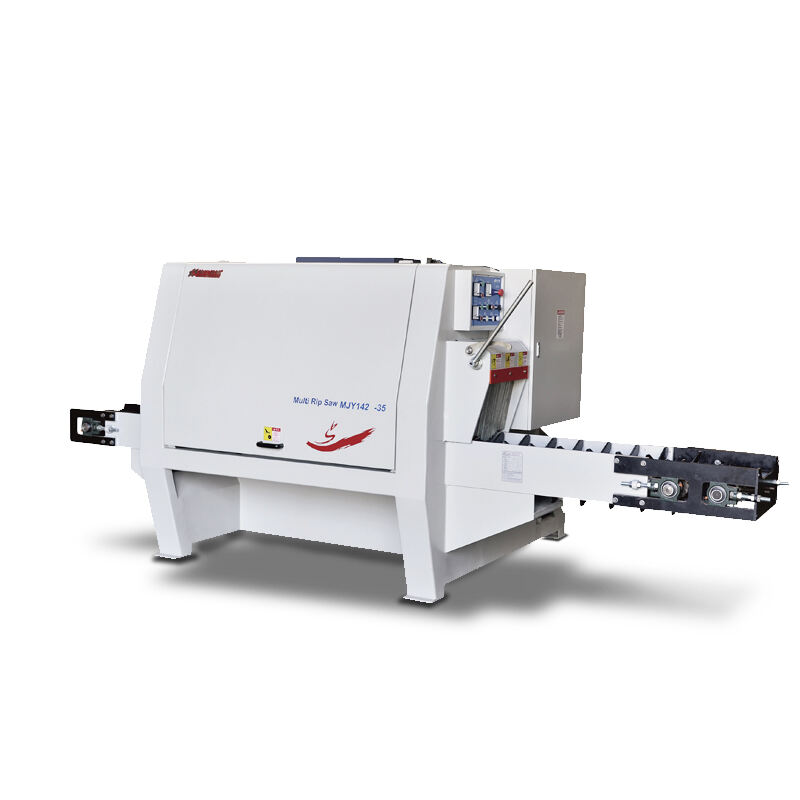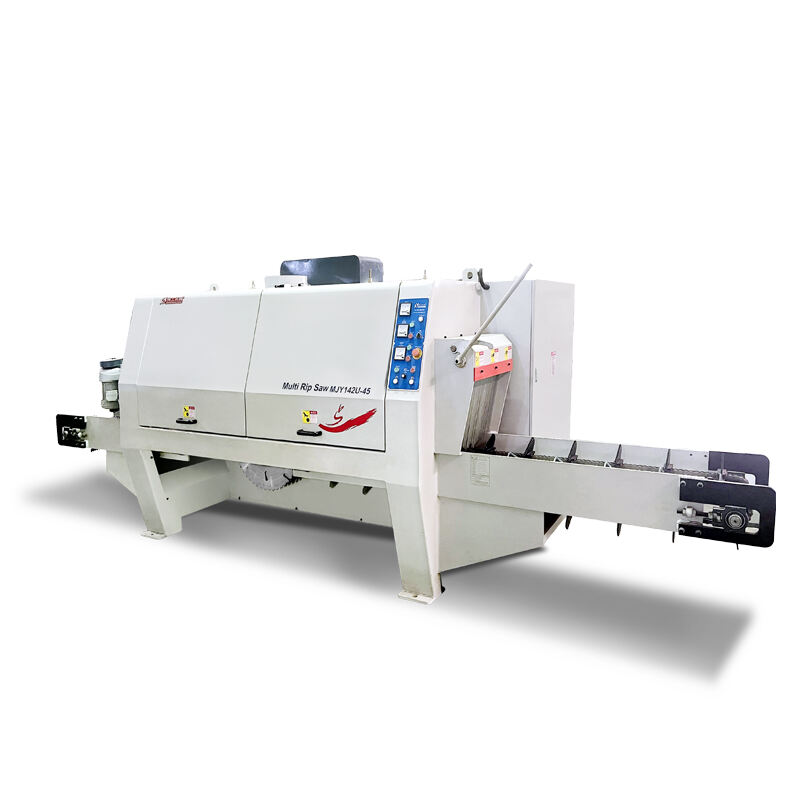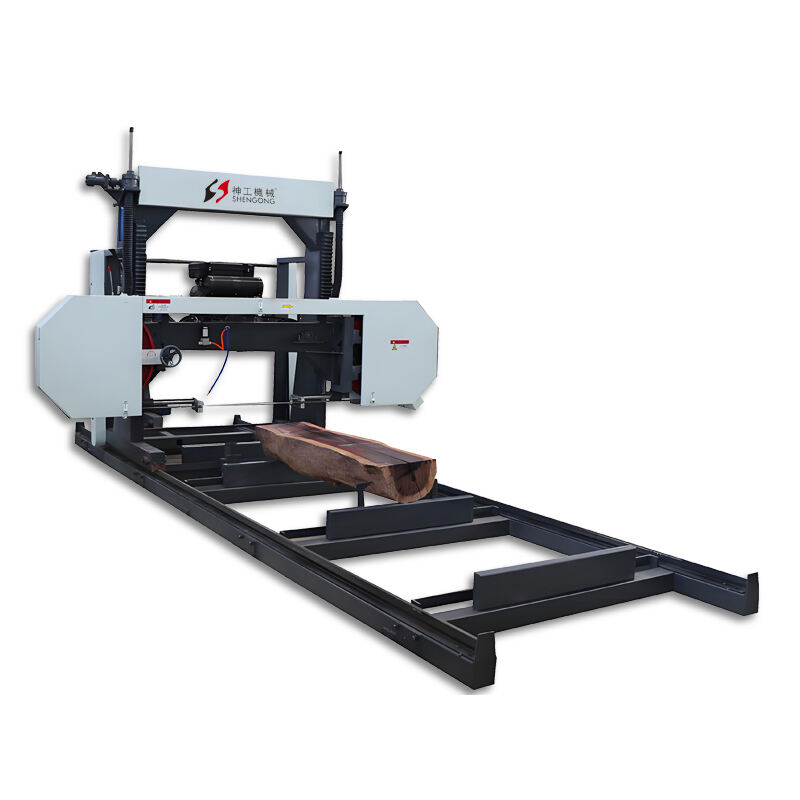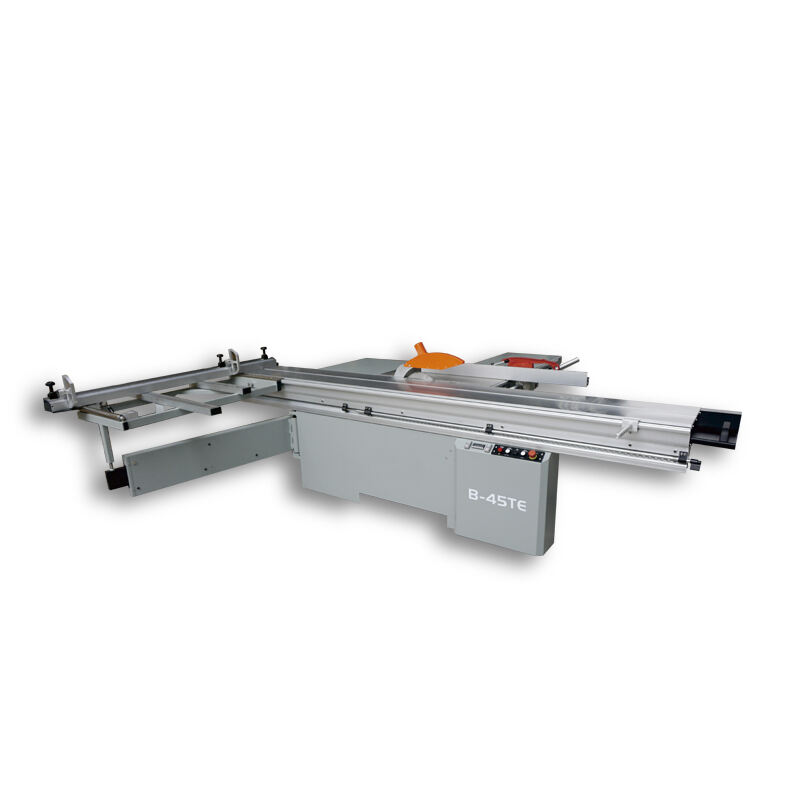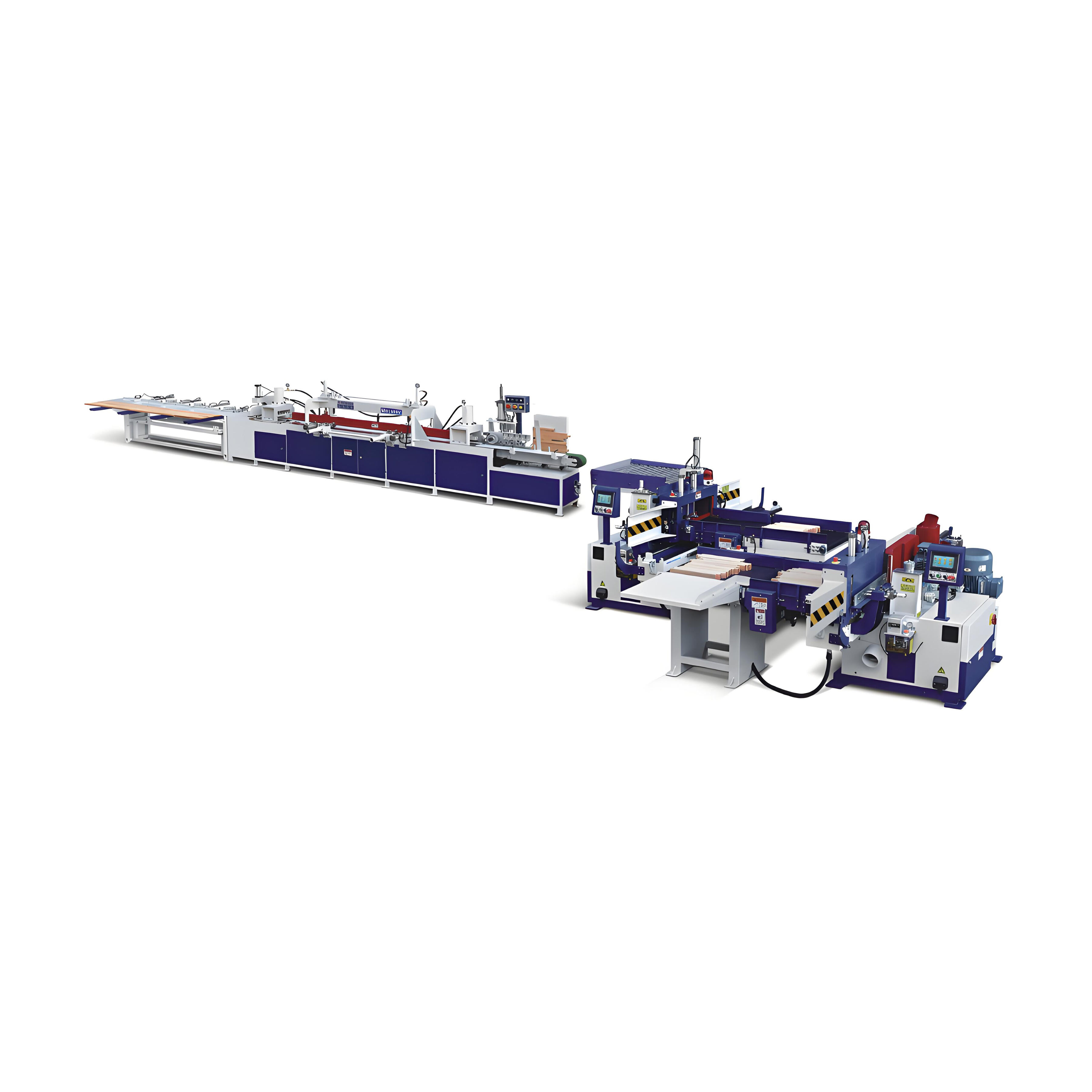Overcoming Time Constraints in Pallet Manufacturing
These days, the clock is always ticking in manufacturing. Production managers constantly feel the pressure of tight deadlines, and when it comes to pallet assembly, they need equipment that can keep up without sacrificing quality. After all, a shaky pallet won't do anyone any good. Advanced high-speed pallet nailing machines are the answer. With their synchronized feeding mechanisms and precise pneumatic impact control, these machines can churn out 800 to 1,200 pallets in just an 8-hour shift. Instead of a chaotic race against the clock, they turn time-sensitive operations into smooth, predictable manufacturing cycles, giving production managers the peace of mind they need to meet their deadlines.
Precision Engineering for Production Line Integration
Not all pallet nailing systems are created equal, and the key difference lies in how well they integrate with existing wood processing equipment. High-performance nailing systems stand out with their modular designs, which make it a breeze to switch between different standard pallet sizes. And when the production line is running at full speed, the last thing you want is a jam that brings everything to a halt. That's where anti-jam technology comes in, ensuring the machine keeps running smoothly even during high-volume production. For instance, automatic plywood pallet feet nailing machines work in perfect harmony with upstream cutting systems. This seamless collaboration creates a closed-loop manufacturing process, slashing manual handling by 62% according to industry standards. It's like a well-choreographed dance that keeps the production line moving efficiently.
Durability Meets Operational Cost Efficiency
When it comes to commercial-grade nailing machines, durability and cost efficiency go hand in hand. These machines are built to withstand the rigors of continuous operation, with hardened steel ejection tracks and self-lubricating guide rails that can handle firing over 20,000 nails per hour without breaking a sweat. But the savings don't stop there. Modern units are also equipped with energy recovery systems that work like little power recyclers. They reclaim compressed air during the piston retraction process, reducing power consumption by 18 - 22% compared to older models. And despite using less energy, they still maintain a consistent impact force across every production batch. So, not only do these machines last longer, but they also help manufacturers save on their energy bills, making them a smart investment in the long run.
Adaptive Solutions for Mixed Material Workflows
Pallet designs are evolving, and today's manufacturers often work with a mix of materials, combining traditional timber with composite components. This variety presents a unique challenge: how to ensure each joint is secure, no matter the material's density. High-speed pallet nailing machines with multi-pressure adjustment capabilities rise to the occasion. They can precisely control the fastener penetration, whether you're working with kiln-dried hardwoods that are tough as nails or resin-treated plywood that requires a more delicate touch. This flexibility is crucial for manufacturers who need to meet strict industry standards like ANSI MH1 or ISO 12777 across a wide range of product specifications. It allows them to produce high-quality pallets that can handle any job, from shipping heavy machinery to transporting consumer goods.
Data-Driven Maintenance for Uninterrupted Output
Unplanned downtime can be a nightmare for any manufacturing operation, causing delays, missed deadlines, and lost revenue. That's why predictive maintenance protocols in automated nailing systems are so valuable. These systems are like vigilant guardians, constantly monitoring components in real-time. Vibration sensors can detect abnormal wear patterns in the driver mechanisms 30 to 45 operating hours before a potential failure, giving maintenance teams plenty of time to intervene. And instead of relying on arbitrary schedules, usage-triggered maintenance alerts optimize lubrication intervals based on the actual workload. Thanks to these features, manufacturers can achieve an impressive 93 - 97% operational availability rate in full-scale production environments. It's a proactive approach that keeps the production line running smoothly and minimizes costly disruptions.
Scalable Automation for Evolving Capacity Needs
Manufacturing is a dynamic industry, and order volumes can fluctuate wildly. Whether it's a seasonal demand spike or an expansion into new markets, manufacturers need equipment that can adapt quickly. Modular automation packages in high-speed pallet nailing machines offer the perfect solution. They allow manufacturers to scale their production capacity without having to overhaul the entire production line. Quick-change tooling systems make it easy to switch between different pallet configurations, and programmable logic controllers can be set up to optimize production for recurring product runs. This scalability gives manufacturers the flexibility they need to respond to changing market demands, ensuring they can meet customer orders on time, every time, while also keeping their operations efficient and cost-effective.


